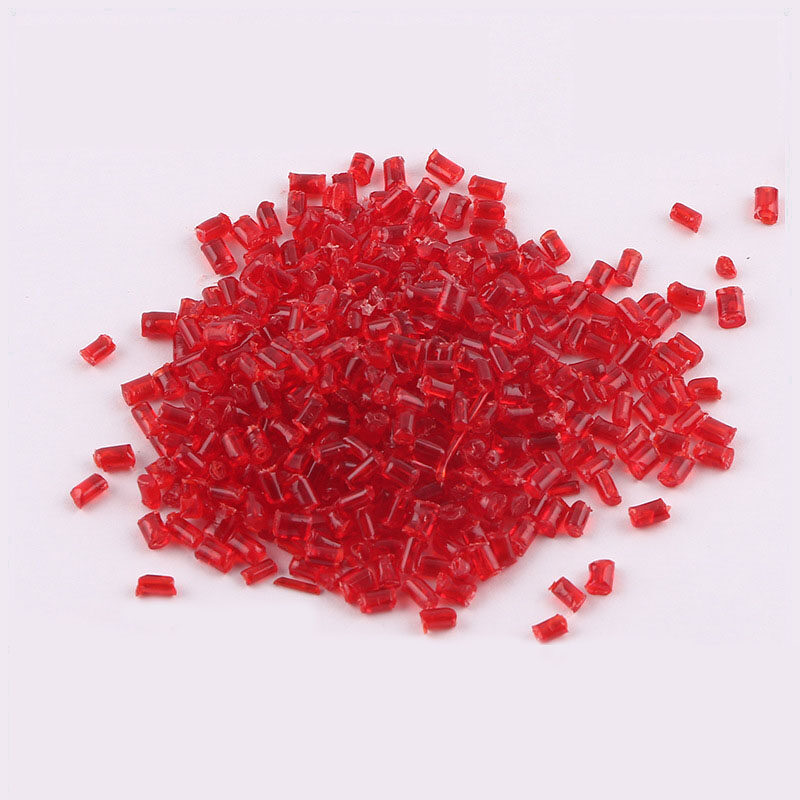Erreur de format d'e-mail
emailCannotEmpty
emailDoesExist
pwdLetterLimtTip
inconsistentPwd
pwdLetterLimtTip
inconsistentPwd

Offer Technical Support and Customized Solutions
The company is committed to creating new and improved plastic materials to meet the evolving demands of the market.

Differences between Charpy Notch Impact Strength and Izod Notch Impact Strength
Charpy notch impact strength and Izod notch impact strength are both tests used to measure the ability of a material to withstand impact or sudden shock. The key difference between the two tests lies in the method and orientation of the notches made on the samples.
Charpy notch impact strength
Charpy notch impact strength test involves creating a V-notch on the sample, typically in a horizontal orientation. The sample is then mounted in a pendulum-type machine and struck with a hammer at a specific distance from the notch. The pendulum swings back after impact, and the energy absorbed by the sample, as well as the extent of its fracture, is measured. This test provides an indication of the material's ability to absorb energy and resist brittle failure under impacting forces.
Izod notch impact strength
On the other hand, Izod notch impact strength test also creates a notch on the sample but it is in a vertical orientation. The sample is clamped vertically and struck by a pendulum-mounted hammer. The energy required to initiate and propagate a fracture in the sample is measured. This test assesses the material's resistance to impact and ability to absorb energy under different conditions.
Overall, while both tests evaluate a material's resistance to impact, the Charpy notch impact test primarily focuses on the energy absorbed during fracture, whereas the Izod notch impact test emphasizes the energy required for fracture initiation.

